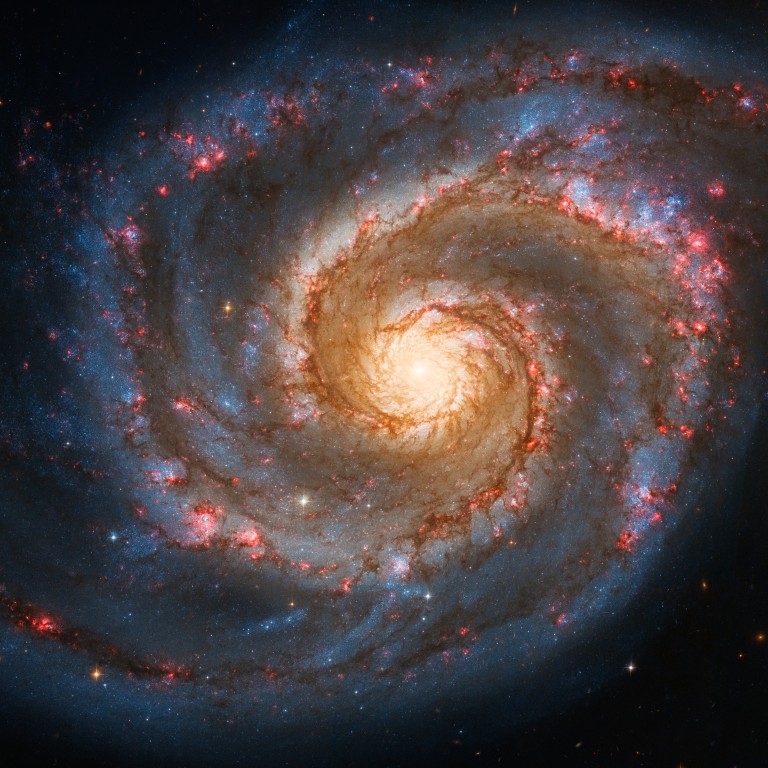
Scientists spot signs of first planet outside our galaxy
- The object is thought to be the size of Saturn, and is located around 28 million light-years away, in the spiral galaxy Messier 41
- All previously discovered exoplanets have been less than 3,000 light-years away
For the first time in history, astronomers believe they have found signs of a planet outside our galaxy.
Around 28 million light-years away, a Saturn-sized planet in the spiral galaxy Messier 51 could exist, according to a study published on Monday in Nature Astronomy.
All exoplanets – a planet that orbits a star outside the solar system – discovered so far have been less than 3,000 light-years away.
A light year is how far light travels in one year. Light travels 5.88 trillion miles (9.46 trillion km) in space a year, according to the National Aeronautics and Space Administration.
“We are trying to open up a whole new arena for finding other worlds by searching for planet candidates at X-ray wavelengths, a strategy that makes it possible to discover them in other galaxies,” Rosanne Di Stefano of the Harvard-Smithsonian Centre for Astrophysics in Cambridge, who led the study, told Nasa.
Stefano and members of the study used X-rays to see whether light from a star dipped in brightness after a planet passed it in front of it. Using this technique allows astronomers to detect exoplanets at greater distances than ever before.
In this case, X-ray emissions from a neutron star or black hole in the Whirlpool Galaxy decreased to zero for three hours, leading members of the study to believe the phenomenon was caused by an exoplanet.
The astronomers estimate that the exoplanet is about the size of Saturn and orbits the neutron star or black hole at about twice the distance of Saturn from the sun. Neutron stars and black holes are superdense objects in space that can form when a star runs out of fuel and collapses.
Nasa launches ‘Lucy’ probe to explore Jupiter asteroids
Because of the size of the exoplanet and large orbit, it would not cross in front of the star or black hole for another 70 years, which would make it difficult for the observations from Nasa’s Chandra X-ray Observatory to confirm.
“Unfortunately to confirm that we’re seeing a planet we would likely have to wait decades to see another transit,” co-author Nia Imara of the University of California at Santa Cruz told Nasa. “And because of the uncertainties about how long it takes to orbit, we wouldn’t know exactly when to look.”
If the exoplanet is indeed a planet, M51-ULS-1 would have survived a tumultuous past, including a supernova, or stellar explosion, and could face another in the future, according to the study.
Members of the study will continue to look at archives from Chandra to find planets in other galaxies.

